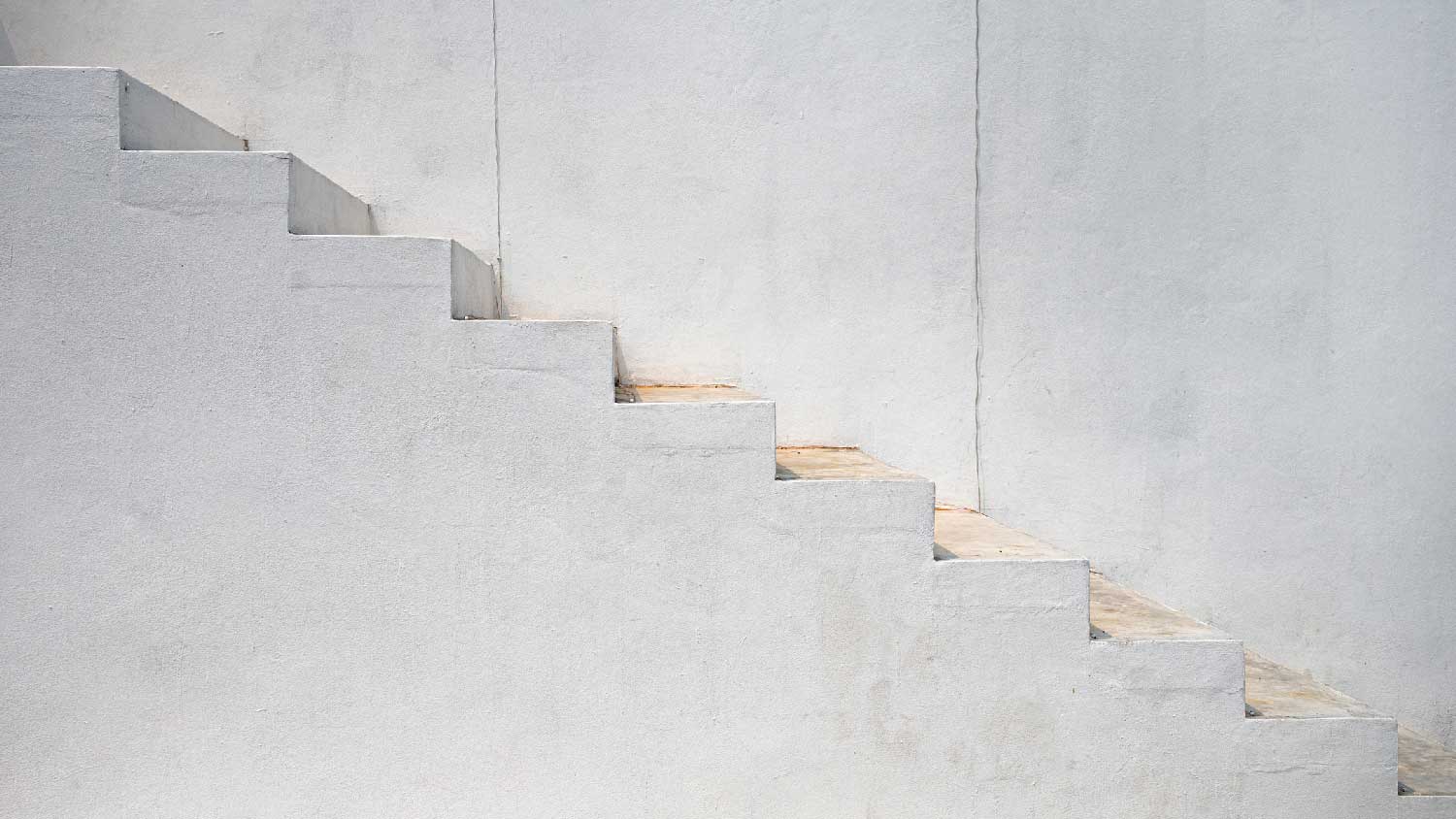
Thinking about installing concrete or brick pavers for a walkway or patio? Learn the cost of interlocking pavers in this informational guide.


The amount of concrete you need depends on the volume in cubic feet of the space.
Divide the volume by 27 to convert it to cubic yards. This figure will determine how many bags of concrete you need for your project.
Concrete costs an average of $110 to $150 per cubic yard.
A concrete professional can help with calculations and pouring.
From driveways to patios, concrete is an excellent multi-use material for your home improvement projects. However, before you grab a wheelbarrow and start mixing, you’ll need to do some crucial calculations to determine how much concrete you need. Let’s crunch some numbers so we can keep your concrete dreams from turning into one solid, expensive mess.
Use the table below to quickly convert the cubic feet of the space into cubic yards of concrete and estimate how many 80-lb bags you'll need—because no one likes running out mid-pour.
| Cubic Feet of Space | Cubic Yards of Concrete | Number of Bags |
|---|---|---|
| 5 | 0.19 | 9 |
| 10 | 0.37 | 17 |
| 15 | 0.56 | 26 |
| 20 | 0.74 | 34 |
| 25 | 0.93 | 43 |
To calculate cubic yards of concrete, you first need to determine the volume of the space you’re filling. To get the volume, multiply the length, width, and depth (in feet) of the area you want to fill with concrete. Once you have that number, you can divide it by 27 to convert it to cubic yards.
Cubic Feet ÷ 27 = Cubic Yards
An 80-pound bag of concrete mix yields about 0.022 cubic yards of concrete.
.jpg?impolicy=leadImage)
You’ll need to make a few additional calculations to determine the volume of a concrete footing or column and thus how much concrete you’ll need for each. Here’s how to do it.
Whether you’re looking to pour concrete for a house, deck, or shed, you’ll need to measure the depth, width, and length of every footing you’ll need. For example, if you’re pouring for two footings that measure 2 feet long × 2 feet wide × 1.5 feet deep, it will look as follows:
2 x 2 x 1.5 = 6 cubic feet
6 x 2 = 12 cubic feet
12 ÷ 27 = .44 cubic yards
To determine how much concrete you need for a fence post, deck support, or structural column, you’ll need to measure the diameter of the round column in feet or inches and the height of the column. Here’s the formula:
Cubic feet = π x (diameter÷2) squared x height
If you’re an experienced DIYer, it may be tempting to mix and pour concrete yourself, but large-scale projects such as driveways and patios are best handled by a local concrete professional. They’ll have a crew and a plethora of tools and equipment you’d likely have to rent for an additional cost. Plus, hiring an expert ultimately makes the job easier on you—no mess, no guesswork, and no uneven slabs.
From average costs to expert advice, get all the answers you need to get your job done.

Thinking about installing concrete or brick pavers for a walkway or patio? Learn the cost of interlocking pavers in this informational guide.

Looking to elevate your backyard aesthetic with a patio? Use this paver patio cost guide to help you estimate your total project cost before you get started.

Porcelain pavers are a high-end option for your home’s hardscaping that can completely transform your outdoor space. Here’s how much porcelain pavers cost.

Learn how to remove pavers safely and efficiently—using items you already have in your home—with this step-by-step guide.

Determining how much concrete you need for stairs can involve some tricky math. Our concrete stair calculator simplifies the process. Here's how to measure.

Paver maintenance may not be top of mind when you’re outside enjoying your patio or driveway. But if you want to keep your outdoor space looking fresh and updated, you should follow our tips and learn how to maintain your pavers.